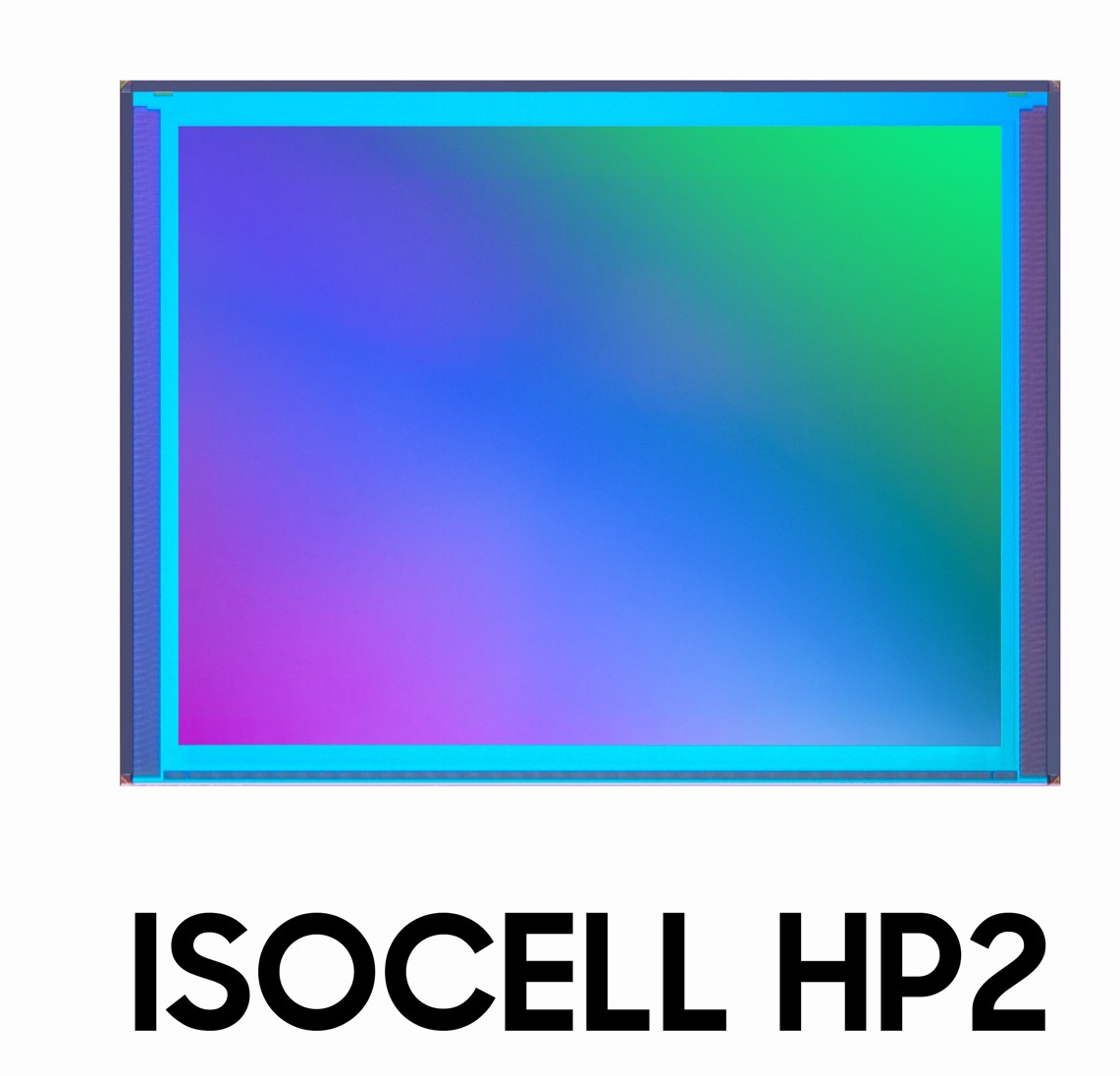What is the Samsung ISOCELL HP2 200MP sensor in the Galaxy S23 Ultra? (smartphone)

The Samsung ISOCELL HP2 200MP sensor is currently the largest smartphone sensor available. It is part of Samsung’s secret sauce in the soon-to-be-released Galaxy S23 Ultra.
Now we are not breaking an NDA Agreement here. It is public knowledge that the S23 Ultra will use the HP2 sensor and the Qualcomm SD8 Gen 2 System on a Chip (SoC).
This is not the same as the 200MP HP1 .64㎛ used in the Motorola Edge 30 Ultra – a flagship-class cameraphone. Nor is it the last – the HP3 .56㎛ is coming soon. No one knows where sensor MP bragging rights will stop.
So, what makes the Samsung ISOCELL HP2 200MP so special?
In case you are not aware, 200MP means 200,000,000 pixels. The secret sauce here is that depending on light and other conditions, it can merge four .6㎛ pixels to make 50MP 1.2㎛ pixel size or 16 pixels to make 12.5MP 2.4㎛.The larger the pixel size, the more light it can gather. This means lower noise at lower light.
It also means it can natively process HDR information at 50 and 12.5MP by merging sequential images into one without taxing the SoC.
Samsung’s Super QPD also help focus. Pixels are grouped into up to 16 pixels to detect vertical and horizontal movement faster.
All of this is packed into a 1/1.3” sensor size.
Of course, we cannot reveal the other sensors, OIS and lens types, but that would break the NDA.

The champ is the Qualcomm SD8 Gen 2 SoC.
The Galaxy S23 series all use the same processor, and no matter how good the sensor, the AI processing engine needs to be even better. The analogy is that you want a thumping big V8 motor to tow that caravan – not a 4- or 6-cylinder. The 4nm SD8 Gen 2 is precisely what Samsung needs to make a formidable S23 Ultra 200MP camera.
We won’t go into the performance gains over the SD8 Gen 1, but you can read more at XDA Developers. Specifically, it has 35% more processing power and an amazing 435% increase in levels of AI NPU processing power (over SD8 Gen 1).

Snapdragon Hexxagon Sight Cognitive ISP (Image signal processor)
- Real-time Semantic Segmentation for Photo and Video Capture recognises and optimises each aspect within a frame.
- Always-Sensing Camera featuring AI for quick and easy face detection and increased privacy.
- Bokeh Engine 2 provides professional-level sharpness, colour, and depth.
- AI-based auto-exposure
- AI-based auto-focus
- Mega Low light photography
- Engine for Visual Analytics 3.0
- Multi-frame Noise Reduction (MFNR)
- AI-based face detection
- Locally Motion Compensated Temporal Filtering (MCTF)
- Pro Sight Video Capture provides 5x larger file sizes for better quality footage and professional editing capabilities.
- Quad Computational HDR Video Capture (with QDOL image sensors) and Staggered HDR image sensor support.
Samsung knows how to best harness this SoC for AI still and video post-processing. We expect to see some incredible smartphone images in the review.





